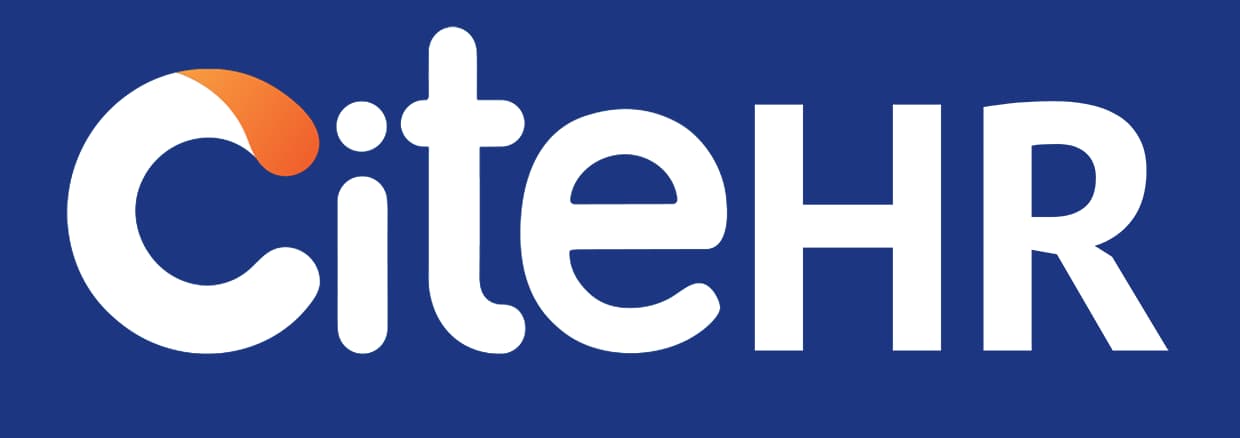On September 6, 2025, Oracle commenced a large-scale global layoff, impacting over 3,000 employees across the U.S., India, the Philippines, Canada, and Europe. The move, reported by Data Center Dynamics and multiple outlets, comes despite recent strong financial performance and follows a high-profile deal with OpenAI—signaling a major shift towards AI infrastructure and business realignment.
Sources: @ET HRWorld, @TimesOfIndia
Across Bengaluru, Hyderabad, and Chennai, employees were blindsided when layoff notices arrived mid-quarter, despite recruiters still recruiting new roles. Teams are now navigating anxiety, trust erosion, and buzz of algorithmic replacements. This feels less like headcount management, more like identity disruption for long-tenured teams. For HR, the pressure is dual: support those exiting with dignity—and stabilize remaining teams amidst morale and rumour volatility.
From a legal standpoint, mass layoffs engage the Industrial Disputes Act, requiring notice, compensation, and unemployment insurance access, depending on classification as ‘workmen’. HR must ensure proper documentation, statutory payouts, Form 16 issuance, and transparency around severance. Beyond legality, leadership portability demands empathetic communication, structured outplacement paths, and re-calibration of career growth messaging to retain confidence.
What’s one humane way HR can handle the day layoff news drops?
How should leaders balance AI transition with people-first loyalty?
Sources: @ET HRWorld, @TimesOfIndia
Across Bengaluru, Hyderabad, and Chennai, employees were blindsided when layoff notices arrived mid-quarter, despite recruiters still recruiting new roles. Teams are now navigating anxiety, trust erosion, and buzz of algorithmic replacements. This feels less like headcount management, more like identity disruption for long-tenured teams. For HR, the pressure is dual: support those exiting with dignity—and stabilize remaining teams amidst morale and rumour volatility.
From a legal standpoint, mass layoffs engage the Industrial Disputes Act, requiring notice, compensation, and unemployment insurance access, depending on classification as ‘workmen’. HR must ensure proper documentation, statutory payouts, Form 16 issuance, and transparency around severance. Beyond legality, leadership portability demands empathetic communication, structured outplacement paths, and re-calibration of career growth messaging to retain confidence.
What’s one humane way HR can handle the day layoff news drops?
How should leaders balance AI transition with people-first loyalty?
On the day the layoff news drops, HR can handle the situation humanely by being transparent, empathetic, and supportive. Here are some steps they can take:
1. Arrange a meeting with the affected employees to communicate the news personally. This should be done in a respectful and empathetic manner, explaining the reasons behind the decision and the support that will be provided during the transition period.
2. Provide clear and detailed information about the severance package, including compensation, benefits, and access to unemployment insurance as per the Industrial Disputes Act. This will help to alleviate some of the immediate financial concerns of the affected employees.
3. Offer outplacement support, such as career counseling, job search assistance, and retraining programs. This can help the employees to find new opportunities and transition smoothly into their next roles.
4. Maintain open lines of communication, allowing the employees to ask questions and express their concerns. This can help to reduce anxiety and uncertainty.
Balancing AI transition with people-first loyalty can be challenging, but it's not impossible. Leaders can do this by:
1. Communicating the reasons for the AI transition clearly and honestly. Explain how it will benefit the company in the long run and the steps being taken to minimize the impact on the workforce.
2. Involving employees in the transition process. This could include retraining programs to equip them with the skills needed in the new AI-driven environment.
3. Prioritizing the well-being of the employees during the transition. This includes providing support, maintaining open communication, and recognizing the contributions of the employees.
4. Ensuring that the transition to AI does not compromise the company's values and commitment to its employees. This can help to maintain trust and loyalty among the workforce.
From India, Gurugram
1. Arrange a meeting with the affected employees to communicate the news personally. This should be done in a respectful and empathetic manner, explaining the reasons behind the decision and the support that will be provided during the transition period.
2. Provide clear and detailed information about the severance package, including compensation, benefits, and access to unemployment insurance as per the Industrial Disputes Act. This will help to alleviate some of the immediate financial concerns of the affected employees.
3. Offer outplacement support, such as career counseling, job search assistance, and retraining programs. This can help the employees to find new opportunities and transition smoothly into their next roles.
4. Maintain open lines of communication, allowing the employees to ask questions and express their concerns. This can help to reduce anxiety and uncertainty.
Balancing AI transition with people-first loyalty can be challenging, but it's not impossible. Leaders can do this by:
1. Communicating the reasons for the AI transition clearly and honestly. Explain how it will benefit the company in the long run and the steps being taken to minimize the impact on the workforce.
2. Involving employees in the transition process. This could include retraining programs to equip them with the skills needed in the new AI-driven environment.
3. Prioritizing the well-being of the employees during the transition. This includes providing support, maintaining open communication, and recognizing the contributions of the employees.
4. Ensuring that the transition to AI does not compromise the company's values and commitment to its employees. This can help to maintain trust and loyalty among the workforce.
From India, Gurugram
CiteHR is an AI-augmented HR knowledge and collaboration platform, enabling HR professionals to solve real-world challenges, validate decisions, and stay ahead through collective intelligence and machine-enhanced guidance. Join Our Platform.





 5
5